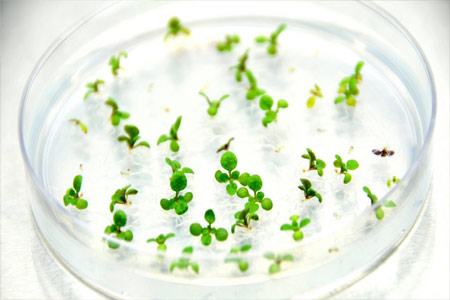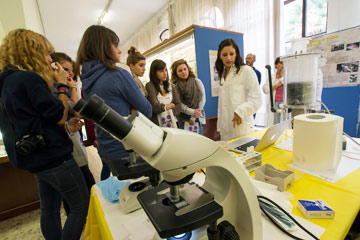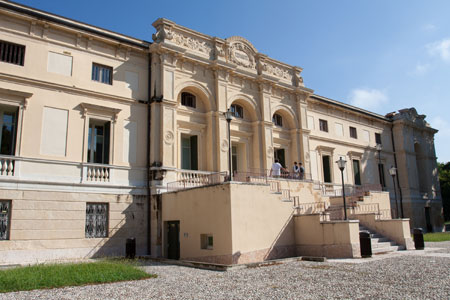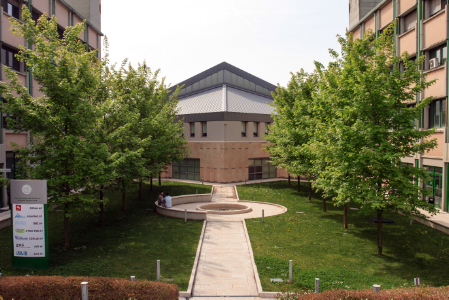Learning outcomes
Module 2
The module is focused on the chemistry of inorganic nanostructured materials for biomedical applications and on their structural, spectroscopic and colloidal properties.
The laboratory experiences are aimed to develop the skills of preparation, characterisation and functionalization of inorganic nanostructures for applications in biotechnology and nanomedicine.
Syllabus
Module 2
Theory
1) Inorganic nanoparticles for biomedical applications. Nanoparticles activated with lanthanide ions, Quantum Dots and their spectroscopic properties. Hydrothermal synthesis of inorganic nanoparticles and their chemical and physical characterisation.
2) Surface functionalization of nanoparticles with hydrophilic capping agent for dispersion in an aqueous environment. Conjugation of inorganic nanostructures with biological molecules.
3) Characterization of functionalized colloidal inorganic nanoparticles. Measure of the hydrodynamic diameter and Zeta Potential using Dynamic Light Scattering (DLS) technique. Study of the surface functionalization using infrared and Raman vibrational analysis.
Laboratory
1) Synthesis by hydrothermal methods of CaF2 and SrF2 nanoparticles functionalized with lanthanide ions and their spectroscopic characterization in the ultraviolet (UV), visible and infrared range (absorption and emission). Measure of their colloidal properties.
2) Synthesis of ZnO Quantum Dots by wet chemical methods. Surface functionalization with PEG. Spectroscopic characterisation in the UV, visible and infrared range. Measure of the hydrodynamic diameter and Zeta Potential. Vibrational investigation using infrared and Raman spectroscopy.








